#29: Underkeel Clearance: Quantifying demand for USACE dredging
The ships calling upon U.S. ports have grown larger, and navigation channels must be dredged to greater depths to handle them. However, dredging is expensive, and the U.S. Army Corps of Engineers (USACE) needs more data-driven tools to prioritize limited resources more efficiently. Responding to this need, ERDC developed Underkeel Clearance. Applying newly available ship…
Read MorePodcast: Play in new window | Download

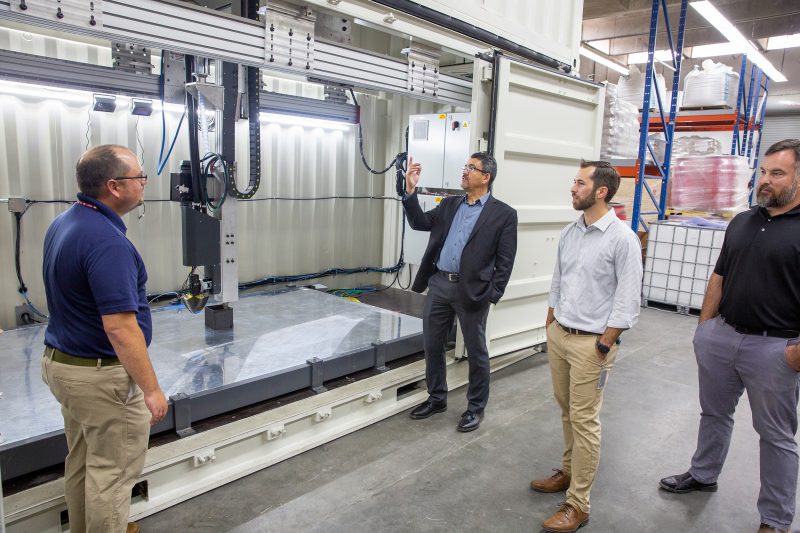
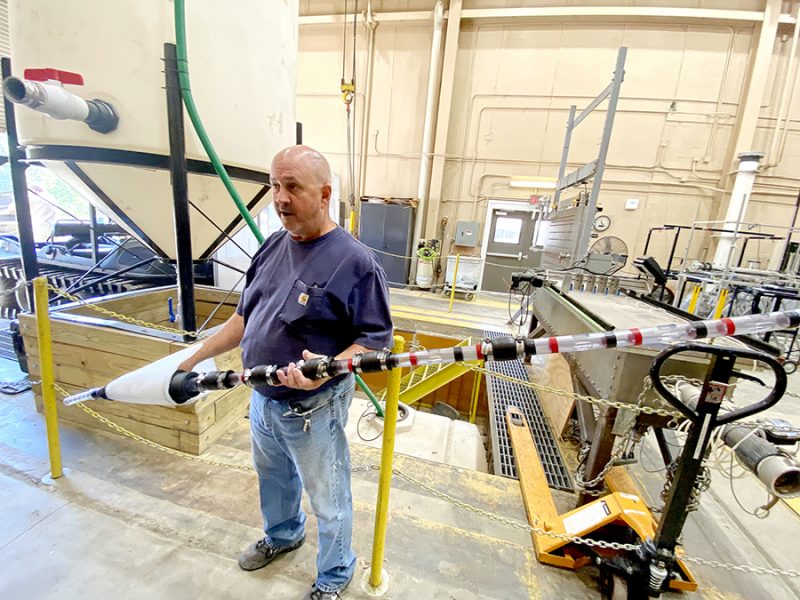
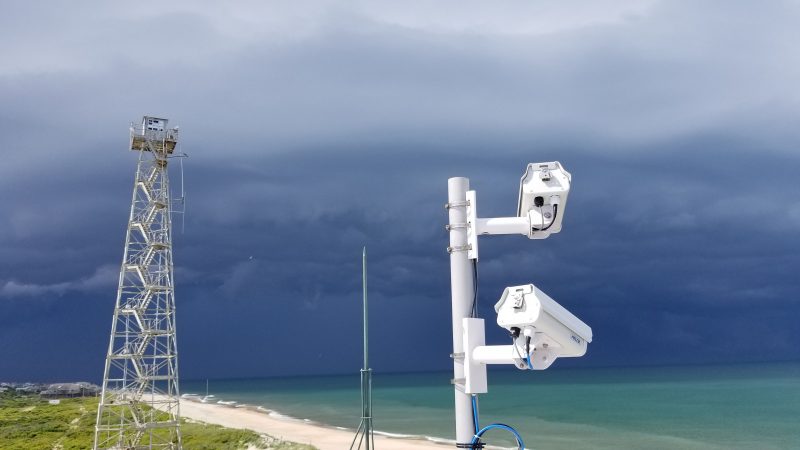
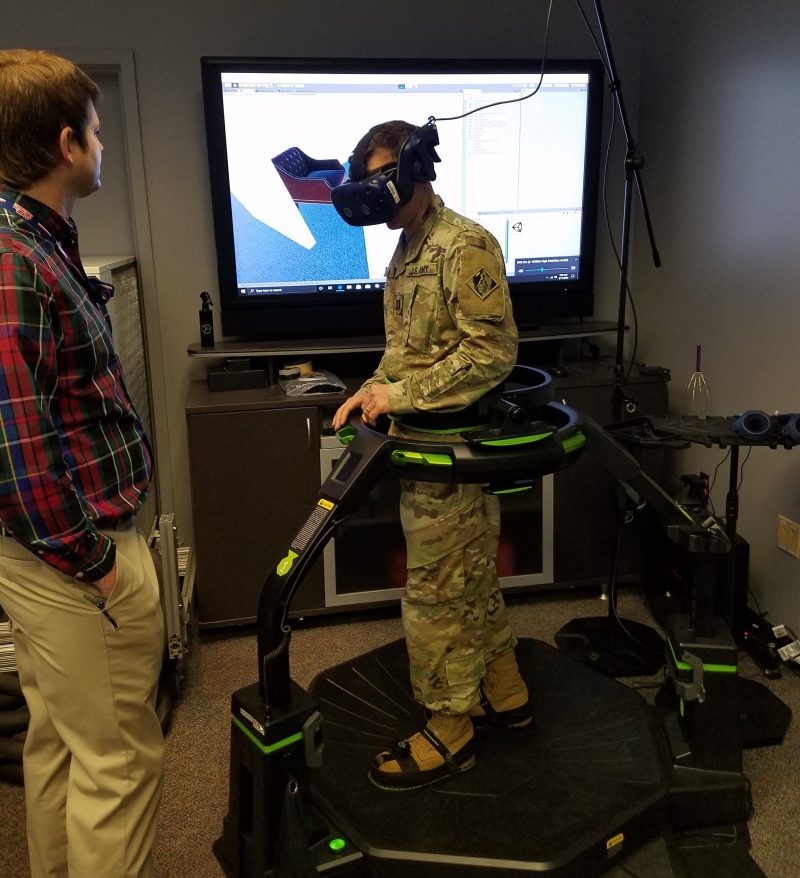
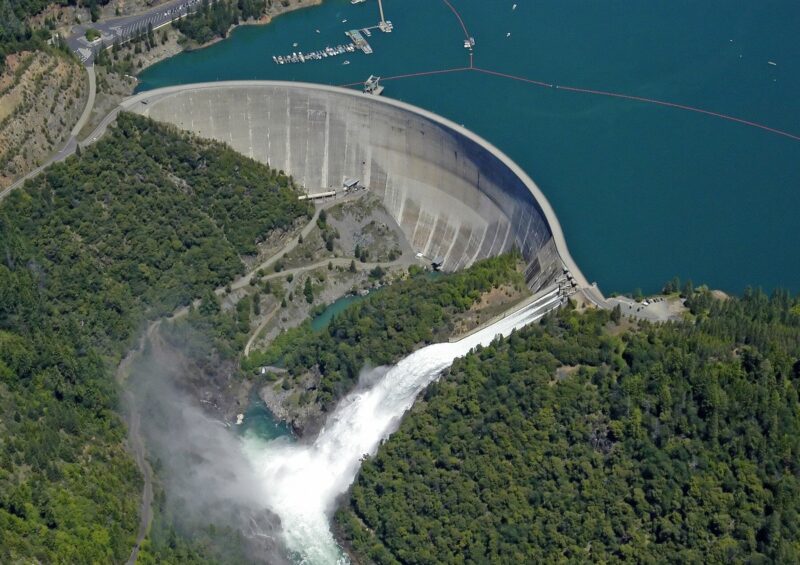

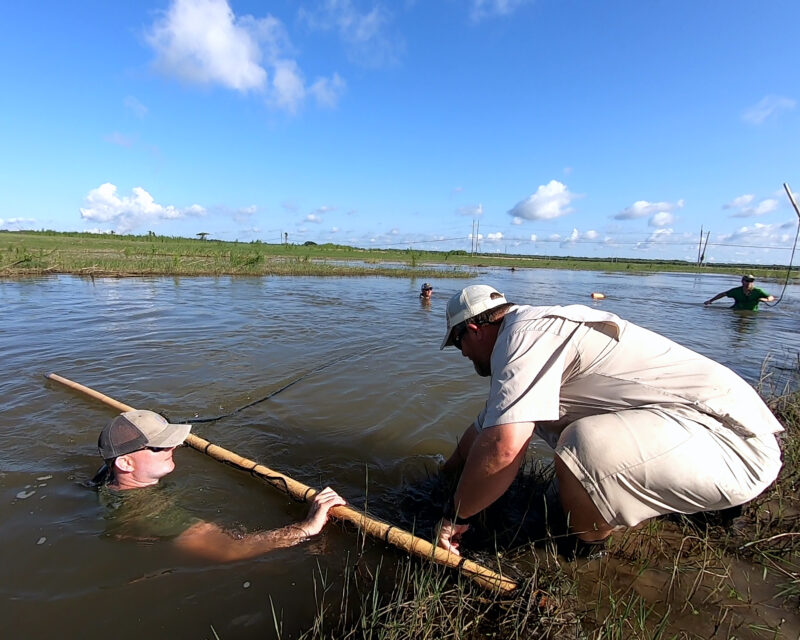

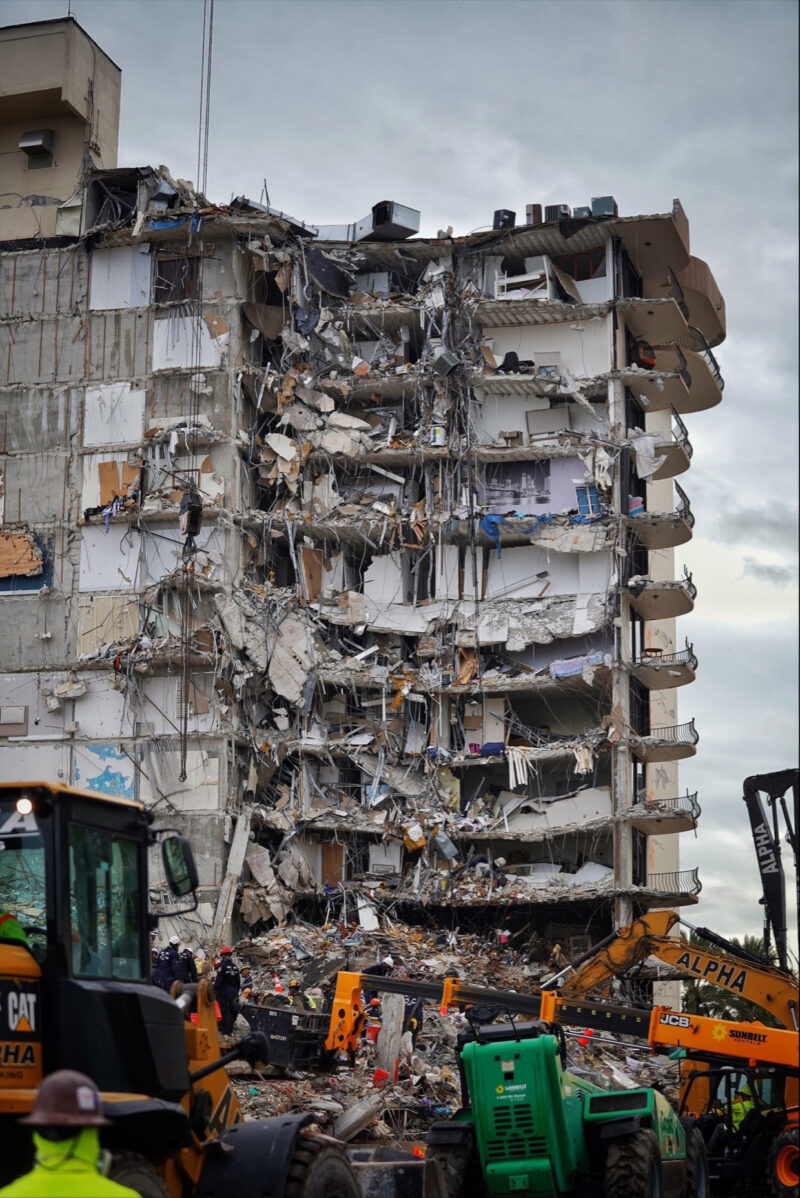
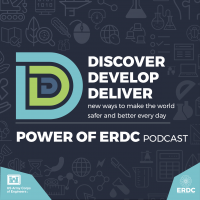
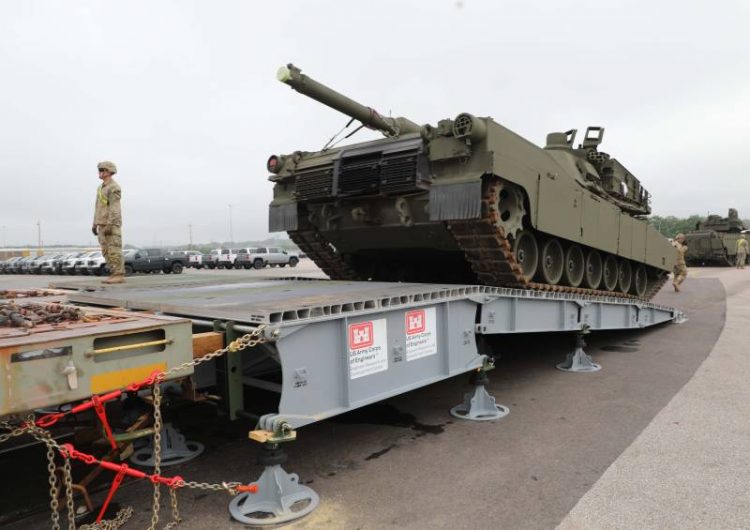

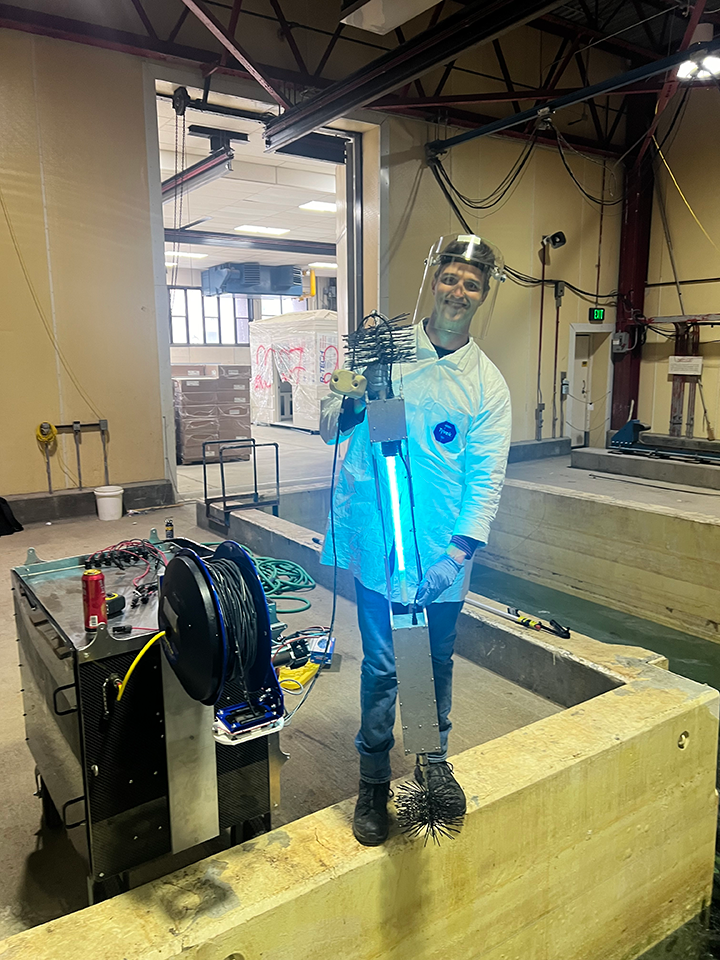
Recent Comments